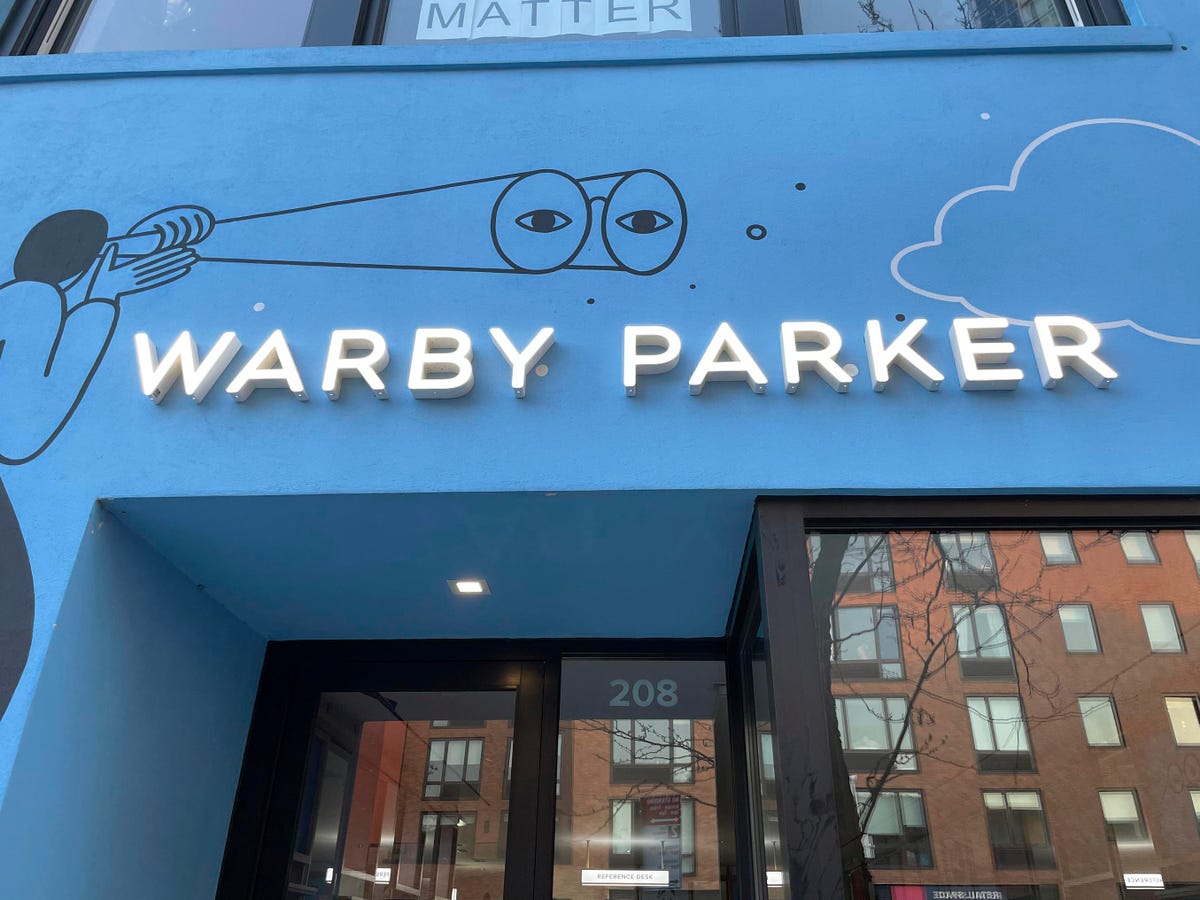
Photo by: STRF/STAR MAX/IPx 2021 4/20/21 A Warby Parker store is seen in Brooklyn, New York.
Last week, two Direct-to-Consumer (DTC) darlings, Warby Parker and AllBirds filed their S-1 registrations with the SEC in preparation of making an initial public offering. The filings give significant new visibility into the performance of these private companies, and that performance reveals a lot about the state of the commerce industry.
Historically, the market has supported two distinct business models. Brands, such as P&G, which sell their products wholesale to retailers, and retailers, such as Kroger
A cursory scan of the e-commerce trade press would have you believe this digital version of DTC is the most successful product innovation since sliced bread. The truth, as revealed by Warby Parker and AllBirds S-1 filings, is far more complicated.
Warby Parker, which in many ways is the poster child for DNVBs, generated $393 million in sales in 2020, its biggest year of sales and still growing, with 33% net growth in the previous twelve months. Yet Warby Parker, like most other DNVBs has failed to generate a profit. The problem is customer acquisition costs. Most DNVBs experience their initial growth by relying on digital ads placed on Facebook and Google to drive shoppers to their website. Yet, as these companies scale, they require even more new customers in an increasingly competitive environment, which drives the costs of those digital ads up, and makes customer acquisition more expensive. Warby Parker has mitigated those customer acquisition costs by opening 145 of its own retail stores which effectively serve as revenue generating billboards for the brand. In fact some DNVBs including Casper and Harry’s have even partnered with retailers like Target
Warby Parker reported a blended customer acquisition cost of $27 for 2019 (the last non-pandemic year), which is quite reasonable for a business that generates $72 in contribution profit per order. Daniel McCarthy, a Marketing Professor at the Goizueta Business School of Emory University, and a guru in customer value calculations, identified a significant wrinkle: Warby Parker uses a “novel” definition of customer acquisition costs, because they apply their costs against all active customers, and not just newly acquired ones. This means the costs to acquire new customers (traditionally the definition of CAC), is probably significantly higher.
MORE FOR YOU
After more than ten years of operations, Warby Parker, perhaps the best example of a DNVB, even with the advantage of 145 of its own stores, is still less than halfway to $1B in annual sales or any profitability.
Pedestrians walk past an Allbirds Inc. store in San Francisco, California, U.S., on Wednesday, Feb. … [+]
Similarly, AllBirds reported $219 million in 2020, its top year to date, and lost nearly $26 million on those sales. AllBirds has also turned to opening stores, to help improve its customer acquisition costs. “We have just scratched the surface of our store potential, particularly in the United States, with 27 stores globally as of June 30, 2021,” per the company’s prospectus. “We are in the early phase of a ramp towards hundreds of potential locations in the future.”
The take-away is that despite generating buzz and raising a lot of capital, these DVNB challengers are struggling to economically challenge the traditional wholesale and retail model. That is not to say that some DNVBs can’t or won’t be successful, but it’s clear that simply being a DNVB is not a competitive advantage. P&G owns more than 22 brands that each sell more than $1B annually. Target has launched 11 brands in the past two years that each sell over $1B annually. It turns out that owning an existing relationship with customers (in the case of incumbent retailers), or strong customer awareness and distribution (in the case of incumbent brands) are formidable advantages that DNVBs are struggling to overcome.




